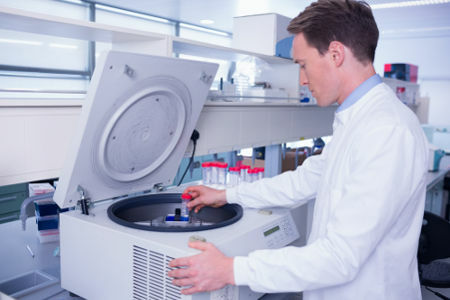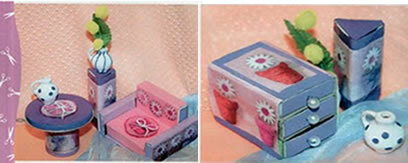Pudding, pave, brigadeiro and pies are some examples of desserts made with a famous industrialized product, the condensed milk. Even though it is highly appreciated by a large number of people, not everyone knows how it is produced! Let's find out more about the subject?
Condensed milk is an industrial product that was first developed in 1853 by an American named Gail Borden Jr. It is produced at from the increase in the concentration of milk, that is, there is a decrease in the amount of liquid (water) and an increase in the amount of solid components, such as sugars.
The term condensed it does not mean that the milk obtained from the cow goes through the physical process called condensation. Condensation refers to the passage of a material from a gaseous state to a liquid state, and this is not the that happens with condensed milk, as one of the objectives of its production process is to remove part of the Water.
The production of condensed milk involves some important steps. Are they:
Centrifugation

Centrifuge model used to spin a mixture
The milk is placed in a centrifuge (equipment that rotates it 360 degrees), which causes all its impurities to be displaced to the bottom of the container due to the difference in density of the materials present in the mixture.
filtration
The milk is removed from the centrifuge and passes through a filter to remove any solid impurities still present.
Pasteurization
At this stage, the milk is heated to a temperature of 75 OC and then cooled sharply to 20 OÇ. This method is performed to eliminate microorganisms (fungi and bacteria) that may be present in the mixture.
adding sugar
After pasteurization, the milk receives a generous amount of sugar (sucrose). In addition to being very sweet, the high amount of sugar prevents the development of fungi and bacteria. About 180 grams of sugar are added per liter of milk.
Evaporation
THE Mix of milk and sugar is added to equipment (which controls pressure and temperature) where it will be heated to a maximum temperature of 70 OÇ. Heating continues until about 60% of the water is evaporated. When this amount of water has been eliminated, heating is stopped and the mixture is subjected to sudden cooling (up to 18OÇ).
Addition of powdered lactose
At the end, an amount of lactose is added to increase the viscosity of the liquid and prevent crystallization (solid material is no longer dissolved and becomes visible to the eye naked) of sugar.
By Me. Diogo Lopes Dias


